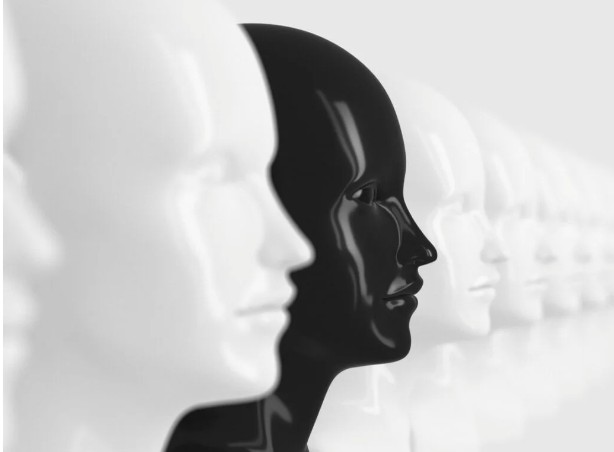
Staff writer
Skin pigmentation is having a disparate effect on populations with darker skin tones.
The pulse oximeter is the latest example. The pulse oximeter measures oxygen levels in the blood. Inaccurate measurements of patients with darker skin tones has led to higher failure rates of Black and Hispanic patients that needed oxygen therapy.

High hospitalization and deaths during the COVID-19 pandemic were highly attributable to poorly designed pulse oximeters according to an article by Jama Internal Medicine.
The oxygen oximeter measures how much oxygen is in the blood by shooting light into the blood. For patients with darker skin tones (variation of melanin), some of that light is absorbed by the skin. The darker the skin, the higher the rate of light absorption leading to lower and inaccurate measurements of oxygen levels in the blood.
“That’s key to the problem being seen in people with dark skin, says Kimani Toussaint, a professor of electrical and computer engineering, biomedical engineering, and mechanical engineering at Brown University.
“It’s assuming that the only absorber of the light energy is the hemoglobin.” Trials of medical products is largely done by White people and largely tested on White populations.
Kimani Toussaint

Tufts University associate professor of electrical and computer engineering, Valencia Koomson is redesigning the pulse oximeter to compensate for a person’s skin tone and adjust accordingly for the light absorbed to get accurate readings.
“We’re shaped by our environment and who we are and our identity,” she says. “That informs what type of research goes on. It’s the people who do research, who decide what research is done.”
Associate Professor Valencia Koomson
According to Achuta Kadambi, an electrical engineer & computer scientist and assistant Professor at UCLA – “Bias is multidimensional,”… “By understanding where it originates, we can better correct it.”
The first problem, Kadambi says, is physical bias, which is inherent in the mechanics of the device. Then there is computational bias, which lies in the software or in the data sets used to develop the gadget. Finally, there is interpretation bias, which resides not in the machine but in its user. It occurs when clinicians apply unequal, race-based standards to the readouts from medical devices and tests—an alarmingly common practice.
Rachel Hardeman, a public health scientist at the University of Minnesota, also researches reproductive health and racial equity, advocates for building diverse research teams and mandatory training of medical personnel on sensitivities and ways in which racism impacts health, and how interpretations of output can lead to interpretation bias.
https://jamanetwork.com/journals/jamainternalmedicine/fullarticle/2792653

Medical student Joel Bervell of Yale Medical College has been addressing a myriad of racial health disparities and with much success.
Check out his TikTok and Instagram accounts for additional medical information.
The account is – TikToks Medical Mythbuster 🕵🏾♂️👨🏾⚕️Med student Yale College.




